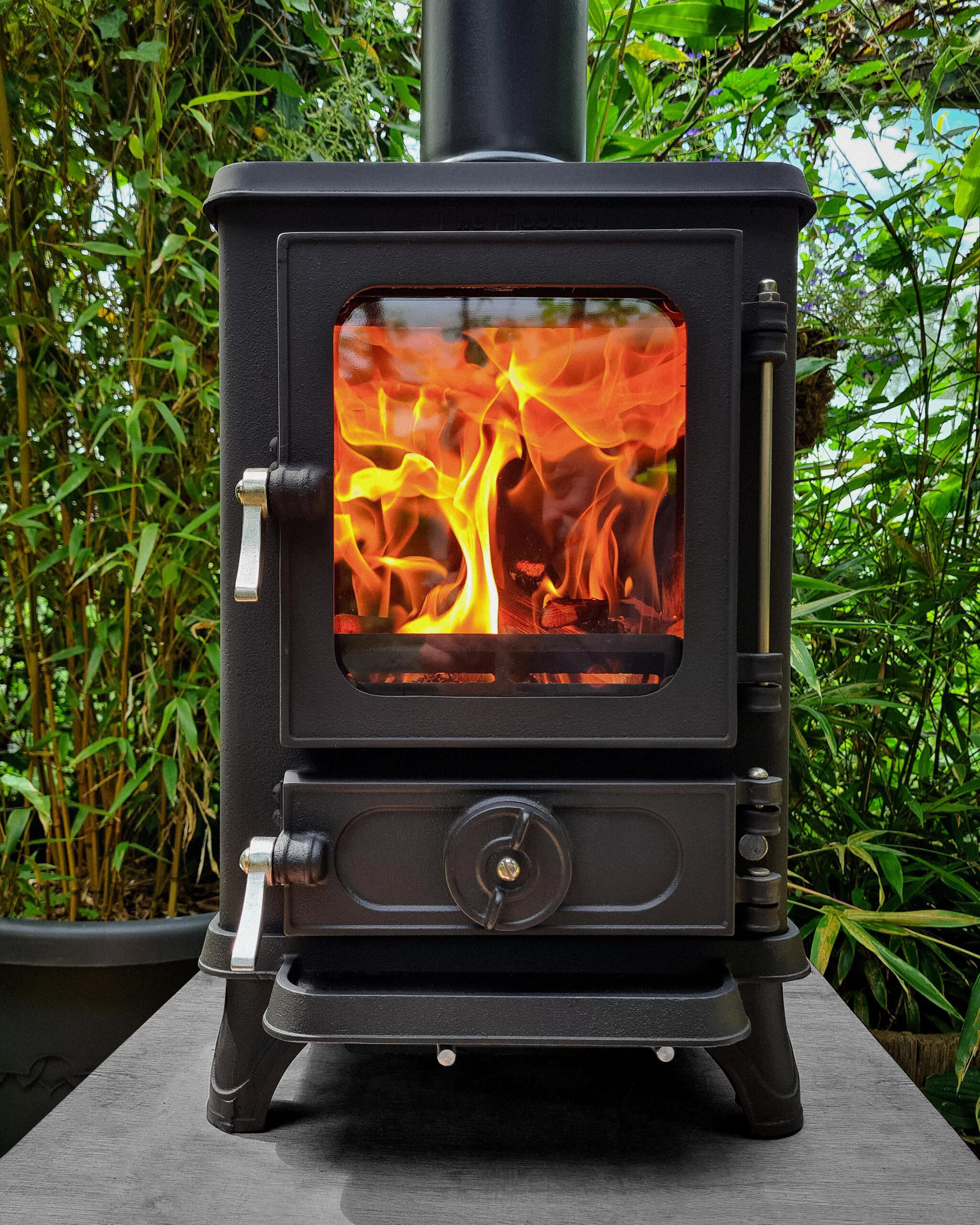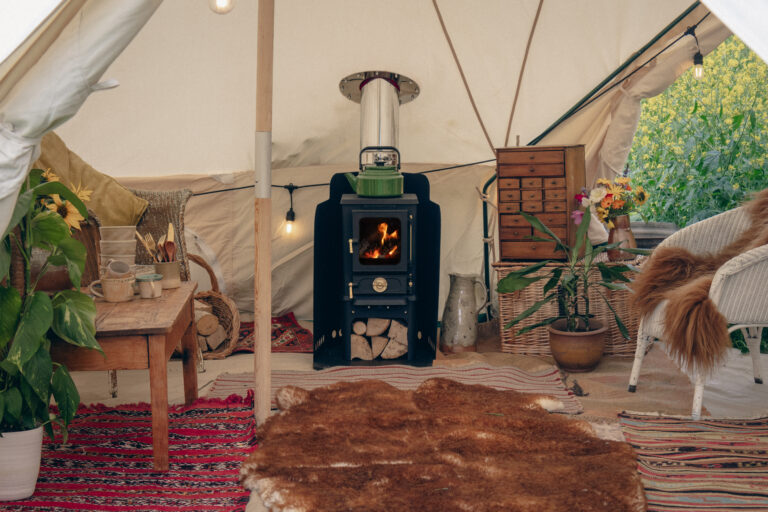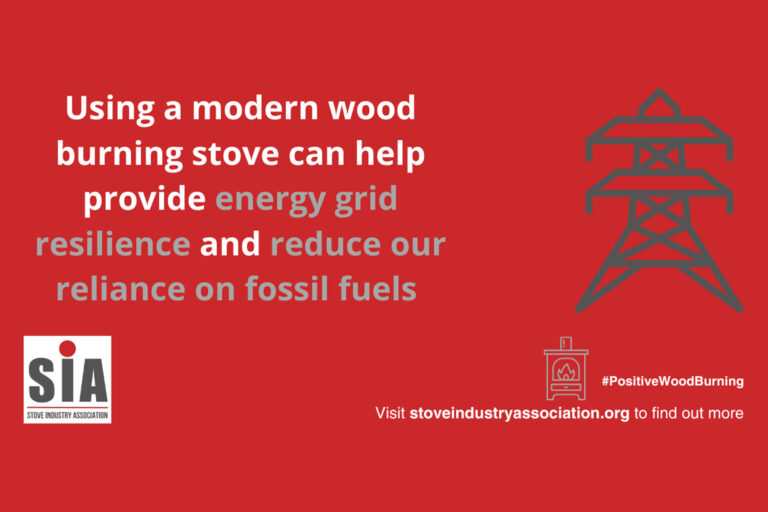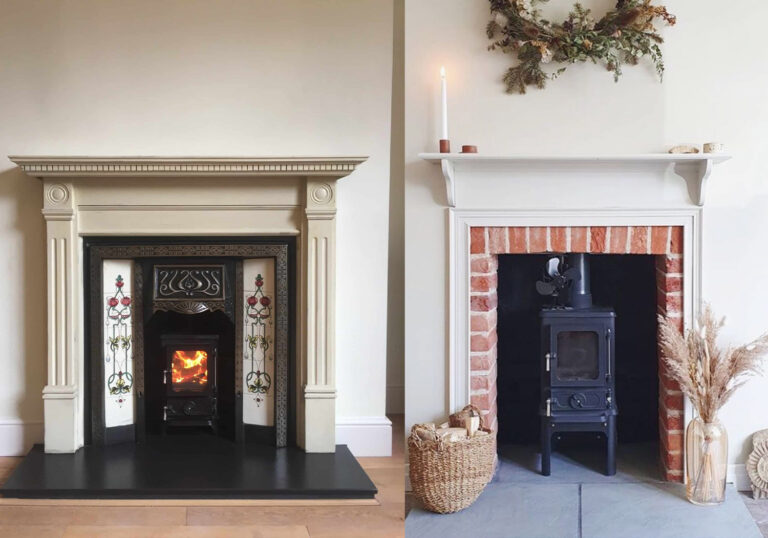How To Choose the Most Efficient Wood Burning Stove
With the British summer proving a little unpredictable so far and more than our fair share of wind and rain, many people have been turning to their wood burning stoves for some heat and comfort on the chillier evenings, without the guilt of having to put on the central heating.
Continuing high energy costs and growing environmental concerns mean wood burning stoves are a sustainable and cost-effective way of heating your home, regardless of the time of year.
However, not all wood burning stoves are created equal when it comes to energy efficiency. Selecting the right stove can make a significant difference to both your heating bills and your carbon footprint.
Before diving into the specifics of efficiency, it is essential to understand the basic types of wood burning stoves:
- Traditional Wood Burning Stoves: These are the most common types and come in various styles and sizes. They burn wood logs,
- Multi-fuel stoves: As the name suggests, these burn a variety of fuels, including wood, peat and coal. They can reduce environmental impact by using renewable and locally available fuels. Our Hobbit Stove is a compact, highly efficient multi-fuel design which fits into a multitude of spaces and provides hot water and space for some innovative wood-fired cooking.
Our Hobbit Stove is a compact, highly efficient multi-fuel design which fits into a multitude of spaces and provides hot water and space for some innovative wood-fired cooking.
The Little Range Cook Stove delivers all the same great features as the Hobbit, with the additional benefits of a larger stainless-steel cooktop and a decent oven.
The efficiency of a wood burning stove is typically measured in terms of how much of the wood’s energy is converted into heat for your home. Look for the following ratings:
- Overall Efficiency: This percentage indicates the stove’s ability to convert the energy in the wood into usable heat. Aim for stoves with an efficiency rating of 70% or higher.
- EPA Certification : The Environmental Protection Agency (EPA) certifies stoves that meet strict efficiency and emission standards. An EPA-certified stove is a good indicator of energy efficiency and environmental responsibility.
Choosing the right size stove for your space is crucial.
- Heating Capacity: Measured in British Thermal Units (BTUs), this indicates the stove’s heating power. Match the BTU output to the size of the area you need to heat. A stove that is too small will not heat adequately, while one that is too large will waste fuel and overheat the space.
Low Emission Stoves: Look for stoves with low particulate emissions. EPA-certified stoves typically emit fewer pollutants. Both the Hobbit and the Little Range stoves are compliant with Eco Design 2022 regulations on emissions.
The type of wood you burn impacts efficiency.
It is crucial to burn seasoned wood, ideally in the form of kiln-dried logs, which have less than twenty per cent moisture content.
Using fresh wood is bad for the environment, produces less heat and clogs up chimneys and vents. Additionally, it is important not to use treated wood such as old fencing panels.
Hardwoods like oak and maple burn longer and hotter than softwoods like pine and fir. They also produce less creosote, which can cause toxic fumes and breathing difficulties in people affected by asthma and other chronic respiratory diseases.
Wood needs to be stored in a dry, well-ventilated location, such as a shed or a garage. It is a good idea to stack logs on a raised platform or pallet to stop moisture from the ground from seeping into the pile. If left outside, it should be covered with a tarpaulin to protect the logs from rain.
Look For Advanced Features
Modern wood burning stoves come with various features designed to enhance efficiency:
- Airwash System: This system keeps the glass door clean, allowing you to enjoy the view of the fire while ensuring efficient combustion.
- Heated Tertiary controls: Stoves with secondary combustion have an additional air intake to reduce emissions by burning off gases and particulates that would otherwise escape up the chimney.
Looking after your stove is crucial.
Proper installation and regular maintenance are vital for maximisng your stove’s efficiency:
The stove should have a regular deep clean and be professionally swept by a certified professional once a year.
For more information on this, please see our article:https://salamanderstoves.com/wood-burning-stove-maintenance/
By choosing a Salamander Stove you are investing in a highly efficient, aesthetically pleasing addition to your living space.
And by burning the right fuels and maintaining the stove properly, you can enjoy the warmth and ambiance of a wood fire while keeping your heating bills low and minimising your environmental footprint.







